A Comprehensive Look at the Magpie
Magpies are captivating birds renowned for their intelligence, striking appearance, and complex behaviors. Often seen as symbols of good luck or mischief depending on cultural context, these members of the corvid family – which also includes crows and ravens – deserve a closer look. This article dives into the world of magpies, exploring their habitat, evolution, behavior, and interactions with both the environment and humans.
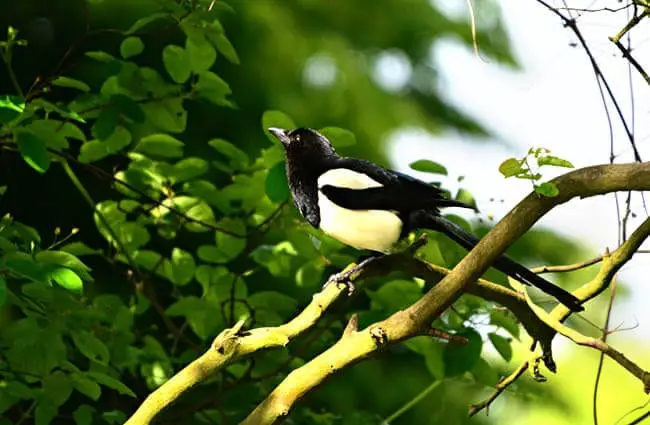
What is a Magpie?
The term “magpie” does not refer to a single species but encompasses several closely related birds within the genus Pica. The most widely recognized is the Eurasian Magpie (Pica pica), found across Europe and Asia. Other species include the Yellow‑billed Magpie (Pica nuttalli) and Black‑billed Magpie (Pica hudsonia) of North America, and the Azure‑winged Magpie (Cyanopica cyanus), which has a more fragmented distribution across Asia and Europe. All share a distinctive feature: striking black and white plumage, often with iridescent blue or green sheens.
Habitat and Distribution
Magpies are highly adaptable birds, thriving in a variety of habitats. They are commonly found in woodlands, open countryside, agricultural areas, and even suburban gardens. Their willingness to exploit human‑modified landscapes has contributed to their relatively widespread distribution. The Eurasian Magpie boasts the broadest range, stretching from Ireland to eastern Asia. North American species exhibit more localized distributions, with the Black‑billed Magpie favoring western regions and the Yellow‑billed concentrated in the central plains.
Evolutionary History
The evolutionary origins of magpies trace back to the corvid family, a group known for their advanced cognitive abilities. Fossil evidence indicates that the corvid lineage diverged from other passerines more than 20 million years ago. Within the corvid family, magpies evolved from more primitive crow‑like ancestors. Their current distribution patterns suggest a complex history of dispersal and speciation, influenced by climate change and geological events. Genetic studies continually refine our understanding of magpie evolutionary relationships.
Diet and Foraging Behavior
Magpies are omnivorous, exhibiting a diverse diet that varies with the season and food availability. Their menu includes insects, larvae, seeds, berries, fruits, small mammals, bird eggs, and carrion. They are opportunistic feeders, readily scavenging for food scraps in urban areas. Magpies are known for their caching behavior, storing surplus food in hidden locations for later consumption. This behavior demonstrates their advanced planning abilities and spatial memory. They are also adept at stealing shiny objects, a behavior often attributed to curiosity rather than a genuine desire for treasure.
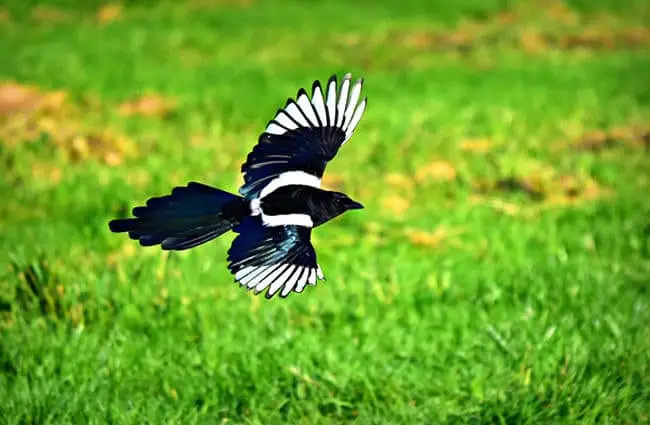
Mating and Reproduction
Magpies are typically monogamous, forming long‑term pair bonds that often last for life. They perform elaborate courtship displays that involve vocalizations, preening, and mutual feeding. Magpies build large, dome‑shaped nests using twigs, branches, and mud. Nests are usually located in trees or shrubs but can also be found on buildings or other structures. Females typically lay four to six eggs per clutch, which are incubated for about 21 to 25 days. Both parents participate in raising the young, providing food and protection. Juvenile magpies remain dependent on their parents for several months after fledging.
Magpies and the Ecosystem
Magpies play a complex role in their ecosystems. As predators, they help control populations of insects and small animals. As scavengers, they contribute to nutrient cycling by removing carrion. Their caching behavior aids in seed dispersal, promoting plant growth. However, they can also have negative impacts on certain species, particularly ground‑nesting birds, by preying on eggs and chicks. The impact of magpies on ecosystems is often debated and varies depending on local conditions and species interactions.
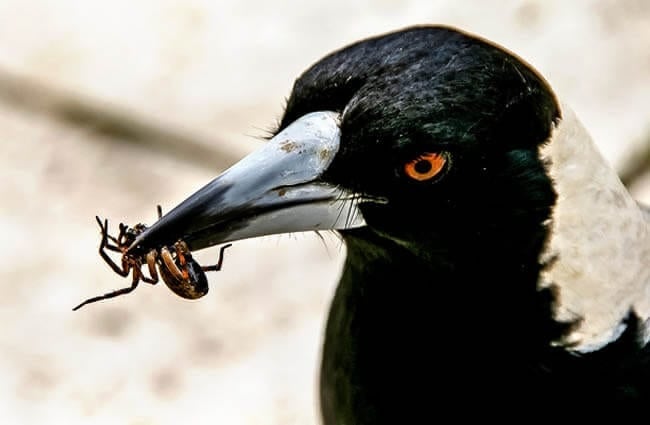
Magpies and Humans: A Complex Relationship
Throughout history, magpies have been imbued with cultural significance, often seen as symbols of good luck, intelligence, or trickery. In some cultures they are revered as sacred birds, while in others they are considered pests. Magpies are often depicted in folklore and literature. Their tendency to steal shiny objects has contributed to their reputation as mischievous creatures. In some areas, magpies are persecuted due to concerns about their impact on agriculture or game bird populations. However, they are also appreciated for their aesthetic beauty and intriguing behaviors.
Encountering Magpies in the Wild
If you encounter a magpie, observe it from a distance. During the breeding season in spring and summer, be particularly cautious around nests as magpies may become defensive. Avoid approaching young birds. If a magpie displays aggressive behavior, such as swooping, maintain eye contact and cover your head with your arms. Do not run away, as this may trigger further attacks. Magpies typically cease their aggressive displays once they perceive that the threat has passed.
Magpie Conservation Status
The conservation status of magpies varies depending on species and geographic location. The Eurasian Magpie is currently classified as Least Concern by the International Union for Conservation of Nature, as it has a large and stable population. However, some local populations face threats from habitat loss, persecution, and disease. The Yellow‑billed Magpie is also classified as Least Concern, but its population is declining in some areas. Conservation efforts should focus on protecting and restoring habitats, reducing persecution, and monitoring population trends.
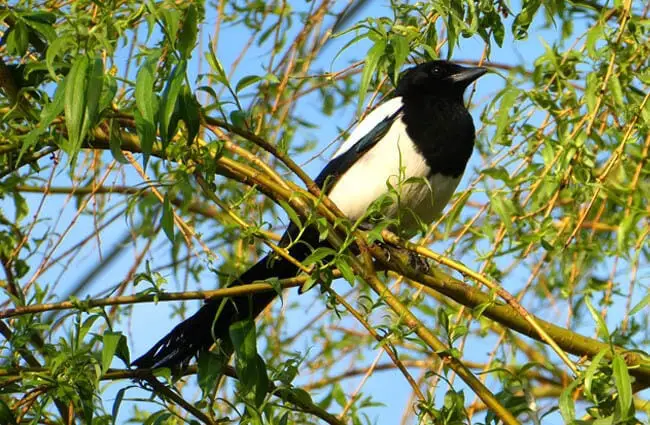
Interesting Magpie Facts
- Magpies are among the most intelligent birds, capable of recognizing their own reflection in a mirror.
- They have a complex vocal repertoire, using different calls to communicate various messages.
- Magpies engage in allopreening, grooming each other to strengthen social bonds.
- They can live for up to fourteen years in the wild.
- Magpies have excellent spatial memory, allowing them to remember the location of cached food for months.
- Juvenile magpies have red eyes that gradually turn dark brown as they mature.
Caring for Magpies in Captivity
Caring for magpies in captivity requires a large, secure enclosure that provides ample space for flight and foraging. The enclosure should include branches, perches, and vegetation to simulate their natural habitat. Magpies require a varied diet that includes insects, fruits, seeds, and meat. Enrichment activities, such as puzzle feeders and foraging toys, are essential to stimulate their intelligence and prevent boredom. Magpies are social birds and should ideally be housed in pairs or small groups. Regular veterinary checkups are crucial to monitor their health and prevent disease.
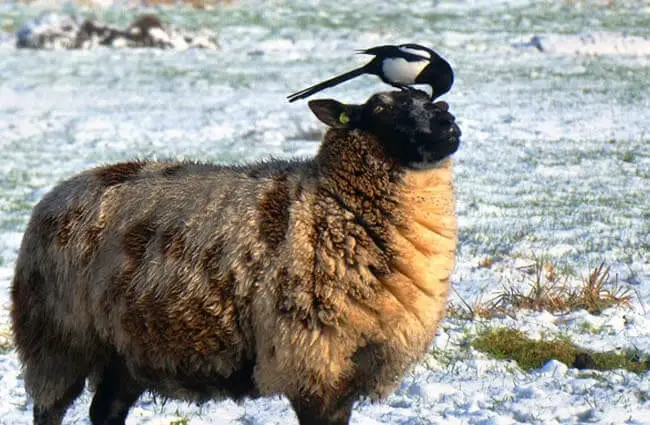
Conclusion
Magpies are remarkable birds that continue to fascinate and intrigue scientists and nature enthusiasts alike. Their intelligence, adaptability, and complex behaviors make them a valuable part of our ecosystems and a source of cultural significance. By understanding their ecology, behavior, and conservation needs, we can ensure that these captivating birds continue to thrive for generations to come.
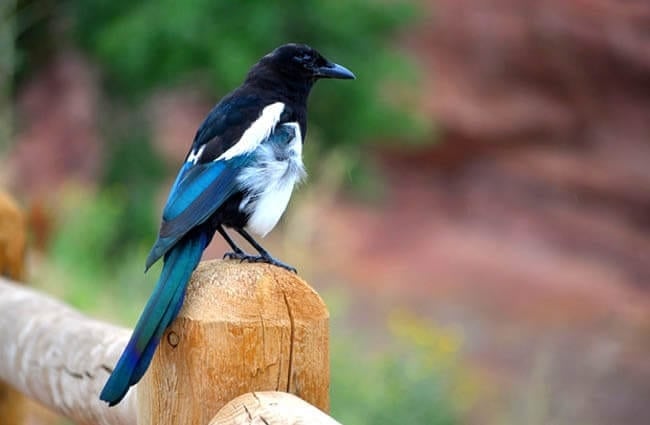

![Red Angus Closeup of a beautiful Red Angus cowPhoto by: U.S. Department of Agriculture [pubic domain]https://creativecommons.org/licenses/by/2.0/](https://animals.net/wp-content/uploads/2020/03/Red-Angus-4-238x178.jpg)




![Red Angus Closeup of a beautiful Red Angus cowPhoto by: U.S. Department of Agriculture [pubic domain]https://creativecommons.org/licenses/by/2.0/](https://animals.net/wp-content/uploads/2020/03/Red-Angus-4-100x75.jpg)

